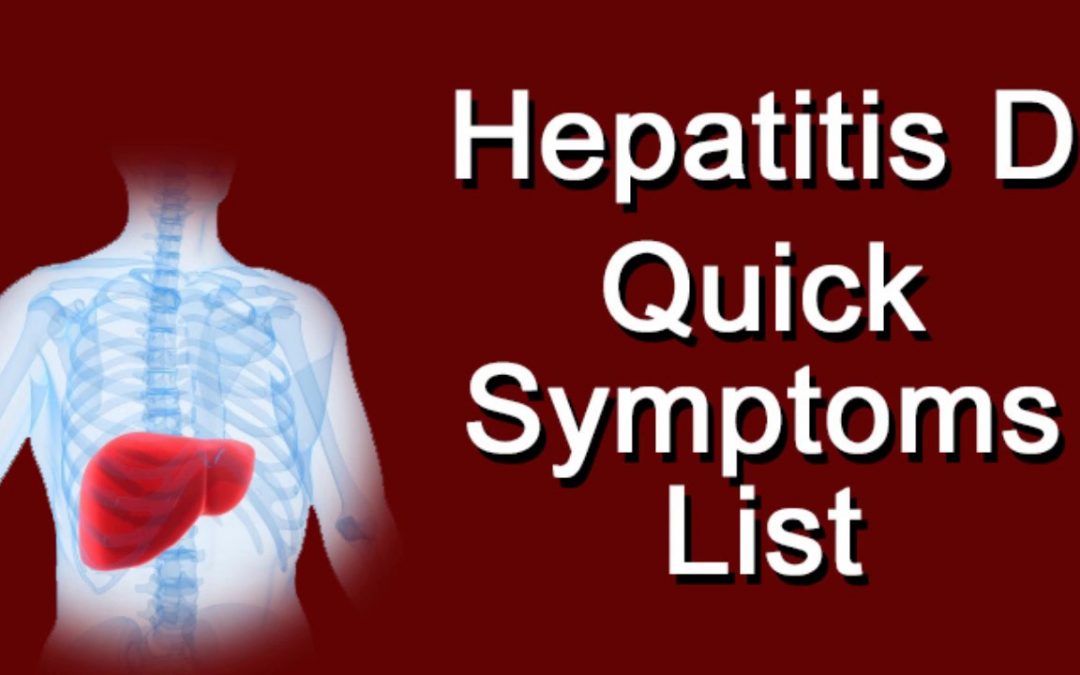Hepatitis D: Transmission and Symptoms
How is Hepatitis D Transmitted?
Hepatitis D is transmitted through:
- Blood transfusions or blood products.
- Sexual contact.
Transmission factors for Hepatitis D are similar to those for Hepatitis B, with injection drug users being at higher risk.
What are the Symptoms?
When a patient is infected with both Hepatitis D and Hepatitis B simultaneously, it is called co-infection. If Hepatitis D occurs at any time after a Hepatitis B infection, it is referred to as super-infection. The possibility of super-infection with Hepatitis D should be considered in any patient with chronic Hepatitis B, especially if there is a sudden deterioration in their condition.
Typically, there is a history of exposure to contaminated blood, such as among injection drug users. In severe cases of Hepatitis B, there is a high likelihood of chronic Hepatitis D infection.
From the book “100 Questions About the Liver” by Professor Dr. Gamal Shiha, Chairman of the Board of Trustees of the Egyptian Liver Foundation and Chairman of the Education and Scientific Research Committee in the House of Representatives.

